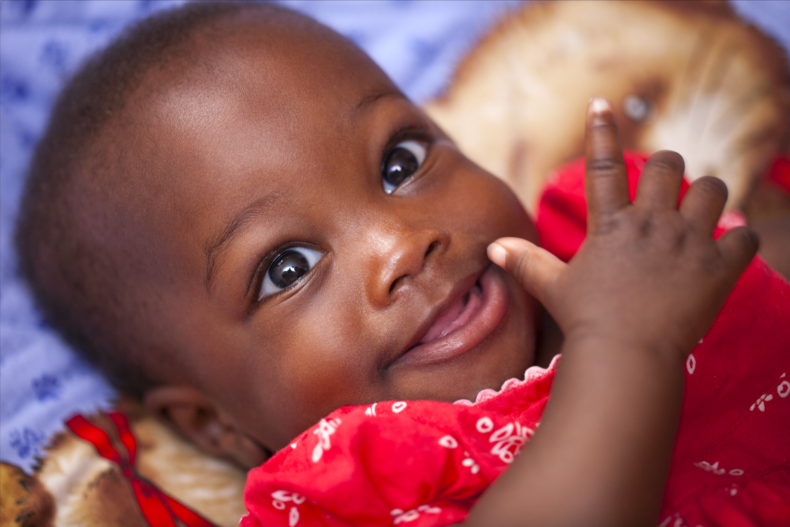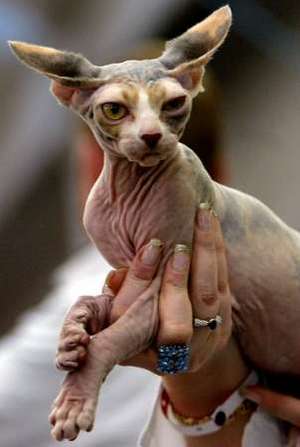 A while back I took my toddler for a walk in his stroller to the local café in my old neighborhood. I loved it there because I always felt like a rock star. Everyone would be happy to see me and say nice things to me and want to pinch my cheeks. Okay, so, I guess most of that was aimed at the kid but I was with him and so I was still kinda cool. Like an assistant to a rock star or something.
A while back I took my toddler for a walk in his stroller to the local café in my old neighborhood. I loved it there because I always felt like a rock star. Everyone would be happy to see me and say nice things to me and want to pinch my cheeks. Okay, so, I guess most of that was aimed at the kid but I was with him and so I was still kinda cool. Like an assistant to a rock star or something.
And like a rock star, he was especially popular with young women. And also like a rock star he can sometimes be kind of a jerk about it.
Take the day in question. Three young women came over and started cooing over him and pinching his cheeks. (This being Mexico, nobody thought to ask me if cheek-pinching was okay. Or really anything.) I smiled and told him to fist bump all the nice ladies, as that’s his preferred greeting. He looked up at the first and punched it out while everyone laughed. Then the second woman offered her fist and he blithely obliged, like he was signing an autograph. But when the third put out her fist, he went back to the first woman with fist outstretch and a blank, expectant look.
“He’s just shy,” I said. Moronically, since he obviously wasn’t. “C’mon buddy, say hi to the nice lady. Chocalas,” which is Spanish for “high five” or “hit it.”
But the kid wasn’t having it. He didn’t like the third woman, he liked the first. I could be wrong but the third woman looked genuinely insulted by my child, which seemed appropriate, considering he was being a jerk. I tried to get him to acknowledge her and realized the harder I tried the weirder the situation got. Mercifully, my order was called and I stuffed a croissant in his fat little fingers before he did anything else to embarrass me.
This was not an isolated incident. For the first year and a half of life my kid had an blatant preference for attractive men and (especially) women that was just odd. It was like living with Don Draper, except his drinking problem was more about bad aim. We’d be walking through the park and he would lock his eyes onto some young lady and set off like a baboon in the banana aisle. It was creepy how he would pick one person and ignore all others.

Bystander: “Oh what a cute baby! What is your name, my sweet, sweet child??”
Child: “I didn’t come over here to gawk at you, lady, I came to gawk at your friend. No eye contact for you!”
Which is boggling. He couldn’t tell a red triangle from a blue square and occasionally referred to our cat as “doggy” but he had tabloid-level opinions on who’s hot and who’s not? How do you say, “Don’t be a douchebag” to a toddler?
It turns out this predilection is common and not a reflection on my mediocre parenting skills. Indeed, kids just a few weeks old seem to have preferences for certain faces over others. And while those preferences do change over time, it’s fair to say they like attractive people.
It’s obvious why we adults are programmed to find babies cute but less so why the reverse would be true. Facial symmetry maybe? Nope, babies prefer objectively attractiveness independent of symmetry.
![]() Amazingly, it’s not just humans they get catty about, it’s also cats themselves. Yes, babies seem to actually prefer attractive cats – both house cats and tigers – over ugly ones. What’s an ugly cat, you ask? I could trot out the research for you but come on. We all know an ugly cat when we see one.
Amazingly, it’s not just humans they get catty about, it’s also cats themselves. Yes, babies seem to actually prefer attractive cats – both house cats and tigers – over ugly ones. What’s an ugly cat, you ask? I could trot out the research for you but come on. We all know an ugly cat when we see one.
So why the Shallow Hal routine? Judith Langlois, the UT Austin child psychologist who has pioneered much of this work has been quoted as saying that pretty faces are simply easier on the brain. Meaning that small children seem to be able to process them faster than unattractive ones. Beautiful is literally easier on the eyes. But this doesn’t answer the question of why. Why is Charlize Theron in The Cider House Rules any easier to process than, say, Charlize Theron in Monster?
One theory is that beauty, rather than being some reflection of health or symmetry, is just a measure of average-ness. Nose not too big or small, face not too long or squat, head not too pointed or flat, etcetera. Call it the Goldilocks theory of visual processing. Babies (and perhaps adults by extension) generally prefer simple faces to look at, just like they prefer simple flavors and simple music.
 Small children are trying to understand the world by learning to recognize things. And to do that, they need the most standard version of a thing. That is a face. That is a ball. That is a dried up turd. That is either a turd or a cat, I can’t be sure.
Small children are trying to understand the world by learning to recognize things. And to do that, they need the most standard version of a thing. That is a face. That is a ball. That is a dried up turd. That is either a turd or a cat, I can’t be sure.
This makes sense to me. It’s why so many people like simple art that’s easy to look at. It also explains why so much crappy TV has so many beautiful people in it. It’s like grape soda for the eyes. But after a certain age, you just can’t stomach grape soda anymore and similarly, I find the best shows are the ones with actors who look like real people. And British, since they are usually made in England.
People say the fact that we are hard-wired to like attractive people and maybe it’s true but I don’t have to accept it any more than being hard-wired to like grape soda. The best art challenges our senses and offers a much deeper satisfaction. Good wine is way better than grape soda. Rachmaninov over Twinkle, Twinkle Little Star.
Maybe it’s not that babies are somehow more pure or honest but that they’re just more … babylike. That getting hung up on appearance is something we should outgrow.
Still, as I write this, sitting on a train headed home, I notice a baby sitting next to me. He’s staring at me like I’m the most fascinating thing he’s ever seen. It actually feels pretty nice. Like I’m, I don’t know, special or … oh wait … no. He’s looking at the guy next to me with the chin and the hair. Yeah. Yeah, that makes a lot more sense.
Photo Credits: Petr Kratochvil, Justin,
One thought on “Easy on the Eyes”
Comments are closed.